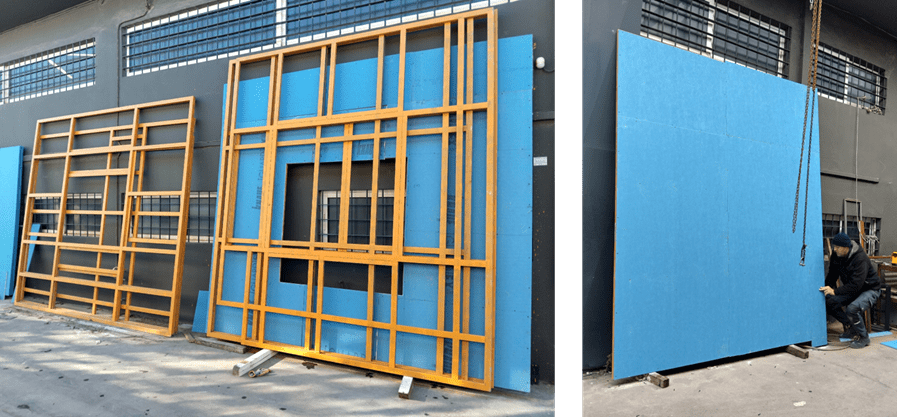The Multi Theme Educational Energy Park of DUTh with the distinctive name “Heron” is run by the Mechanical Design Laboratory (MeDiLab) of the Department of Production and Management Engineering, School of Engineering, Democritus University of Thrace- has been initiated with the aim of giving prominence to new technologies, as well as demonstrating and promoting them. These promising technologies concern energy production from Renewable Energy Sources (RES), in addition to storing and saving energy at the same time. The park is unique in its kind in Northern-Greece and it is visited by Educational, Research and Business communities.
“Heron” park offers targeted presentations on green development, energy behavior, energy poverty, energy management, energy transition and sustainable development. As tours are conducted in the park, promotion and dissemination of the importance of new technologies and innovation take place.


The SmartWall the adaptable/dynamic building envelope (ADBE) and the Multi-source heat pump from the REHOUSE project will be part of the living lab that the park is itself, thus enhancing the existing facilities.
The benefits from a visit are:
- Identify the main forms of renewable energy sources.
- Comprehensible understanding of the energy production mechanisms (thermal, electrical, cooling) from the sun, the wind etc.
- Distinguish the advantages and disadvantages of energy derived from RES compared to that derived from conventional (non-renewable) sources.
- Perceive the effect of emitted pollutants on the environment (climate change).
- Discover the concept of energy saving and improve it in a constructive way.
- Discover the energy producer and consumer’s role in the context of an energy community.
- Count the ways of storing the produced energy and to have second thoughts about the choice of means of its management.
- Develop a way of observing and enhance creative and critical thinking, as well as cooperate in problem solving.
- Develop “energy consciousness.
Exploring through new technologies, watching closely the integration of innovative forms, communicating and interacting with both partners who contribute to the realisation of the project and visitors of the park are only a few of the perks that come with participation in the project and the guided tours.
The international community may be benefited by setting Heron as an example: the combination of a project and guided tours considering innovative RES forms by experts in a living lab that never stops developing.
Author: Niki Efstratiou, Research Associate, Professor Pantelis Botsaris





